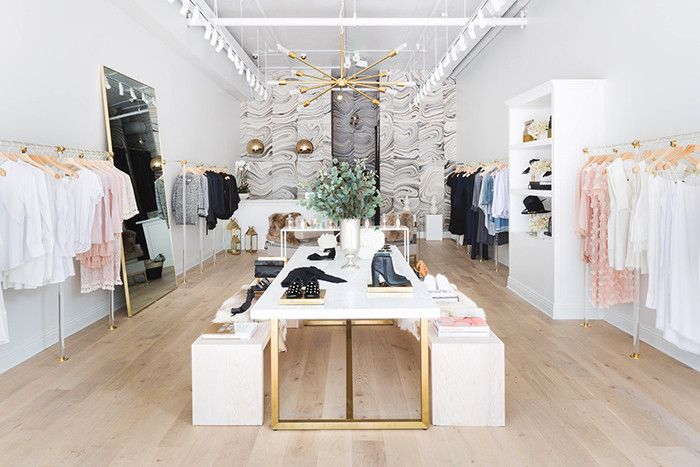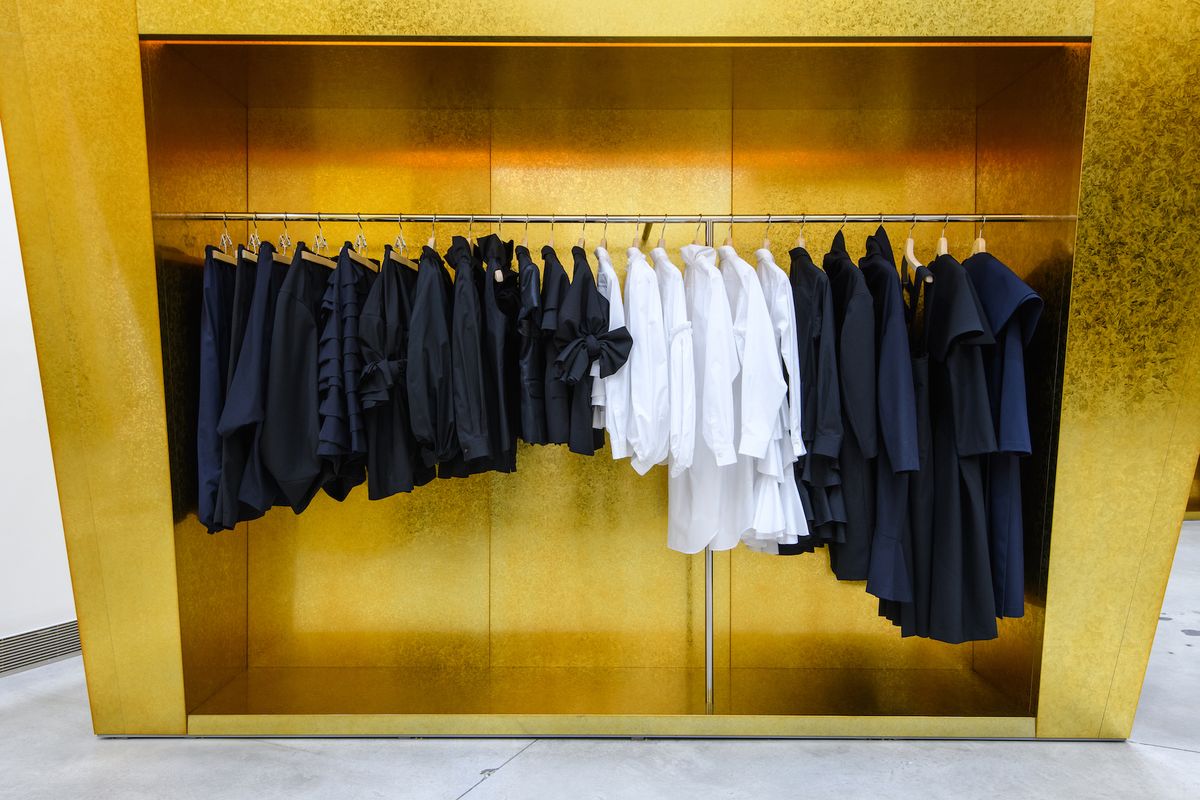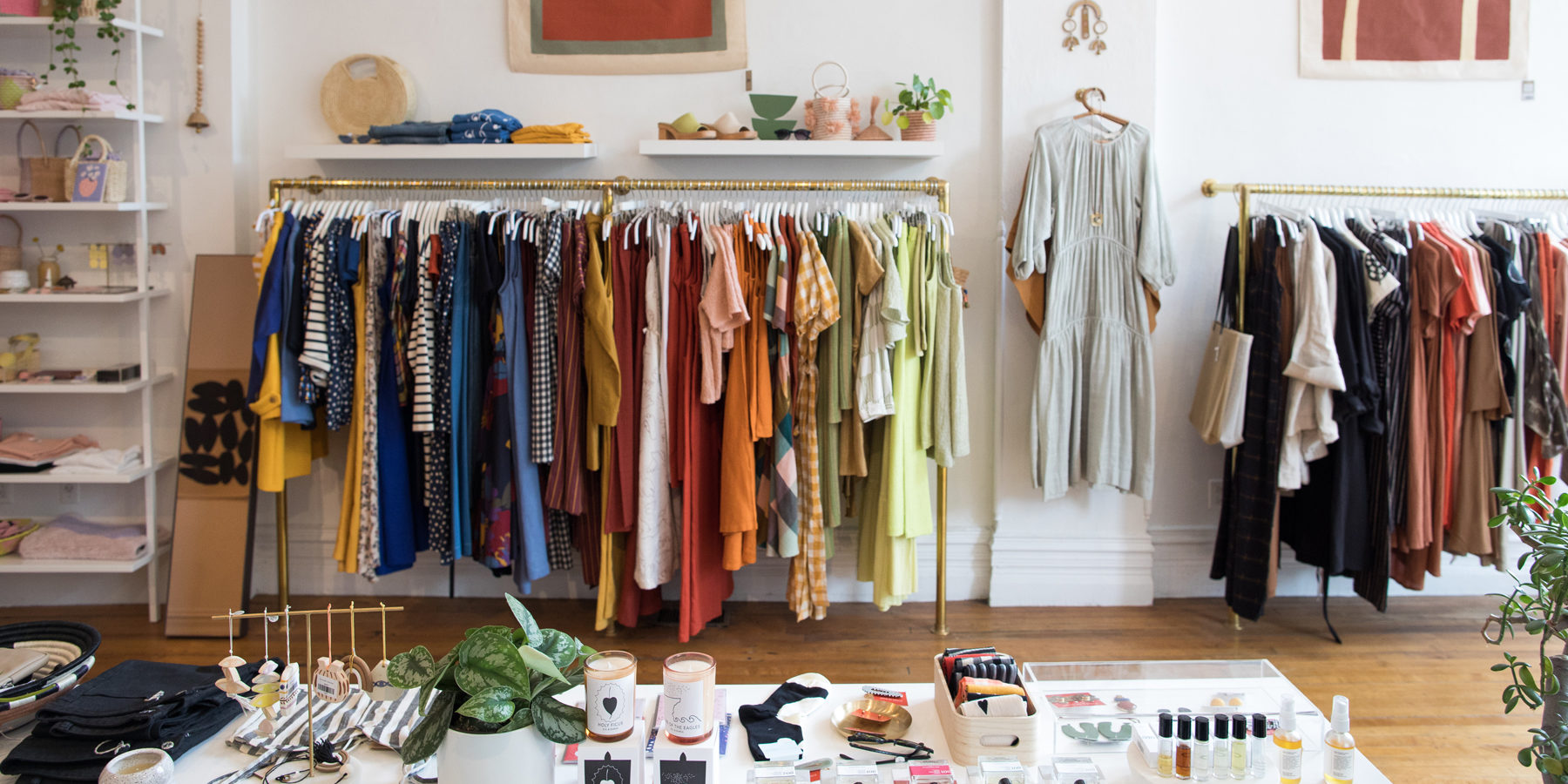Discovering the Development and Influence of Clothing on Modern Fashion Trends
The development of garments has substantially influenced contemporary fashion trends, combining historic criteria with innovative advancements. Legendary numbers like Coco Chanel and Yves Saint Laurent reinvented the fashion industry by introducing principles that focus on comfort and accessibility, which continue to resonate today.
Historic Style Influencers
In the tapestry of style history, particular figures have left an indelible mark, shaping the fads and designs that specify entire eras. Coco Chanel, a revolutionary designer, redefined females's fashion by presenting comfortable, classy garments that departed from restrictive bodices.
Elsa Schiaparelli is another essential number, renowned for her avant-garde styles that incorporated surrealist art, teaming up with Salvador Dalí to create wayward items that challenged traditional aesthetic appeals. Her cutting-edge use of shade and strong patterns resounds in modern fashion. Yves Saint Laurent, on the other hand, equalized haute couture with prêt-à-porter collections, bringing runway designs to the masses and establishing a criterion for modern ready-to-wear lines.
These enthusiasts, to name a few, not just revolutionized fashion in their times however additionally established enduring fads that reverberate in today's fashion business, supplying a structure whereupon modern-day designers continue to construct and introduce. Their traditions emphasize the importance of imagination and daring in vogue's ever-evolving story.
Technical Advancements in Fashion
Amidst the dynamic landscape of the fashion industry, technological developments stand at the leading edge of advancement, improving just how developers develop and customers involve with fashion. The combination of 3D printing has transformed design processes, enabling designers to trying out complex structures and lasting materials that were previously inconceivable. This technology facilitates rapid prototyping, lowering waste and expediting manufacturing times.

Smart fabrics, embedding innovation into materials, are additionally changing the industry. Advancements like self-cleaning and temperature-regulating materials supply enhanced performance and convenience. Wearable technology, integrating features like health and fitness tracking and communication, includes a brand-new dimension to fashion, combining aesthetics with functionality.
Cultural Shifts and Style
As technological developments remain to improve the garment industry, social shifts are just as prominent, redefining design and customer choices. In current years, the surge of social media sites platforms has accelerated the dissemination of global style fads, permitting varied social impacts to exist together and merge. This electronic interconnectivity has actually promoted the quick exchange of concepts, causing a much more eclectic and comprehensive interpretation of design that mirrors the diverse nature of contemporary society.
Cultural recognition and admiration have prompted designers to attract ideas from a wider spectrum of historic and ethnic contexts, integrating conventional motifs with modern aesthetic appeals. This combination has led to style that reverberates with a larger target market, promoting a feeling of identity and belonging throughout various demographics. Furthermore, the increasing need for personalization has driven brand names to supply customizable choices, allowing customers to reveal individuality while mirroring their cultural heritage.
Furthermore, moving societal worths have actually impacted style, with inclusivity and diversity ending up being central styles. The industry has actually started to embrace designs and influencers of various body kinds, ethnicities, and sex identities, difficult More Help conventional appeal standards. This improvement underscores the power of social changes in shaping the future of style, as style ends up being an extra authentic expression of individual and cumulative identification.
Sustainability and Modern Layout
While the fashion sector proceeds to advance, the necessary for sustainability has actually become increasingly urgent, influencing modern design practices. The rise of slow-moving style, which stresses top quality over amount, motivates customers to invest in timeless pieces instead than short-term fads.
Moreover, contemporary design is defined by its advancement in lessening waste and advertising circularity. Methods such as zero-waste pattern cutting and 3D knitting are acquiring traction, permitting designers to create you could try here garments with marginal textile waste. Additionally, brands are taking on clear supply chains, making sure responsibility and fostering customer trust fund. This strategy not just reduces environmental influence however also boosts the social obligation of fashion residences.

Future Trends in Fashion

Sustainability will certainly remain to be a driving force in forming future fashion fads. The market is increasingly taking on environment-friendly materials and moral production approaches, replying to an expanding consumer need for responsible methods. Developments such as bio-fabricated products and closed-loop recycling systems are set to redefine just how clothes is generated and consumed, minimizing environmental effect while maintaining style and top quality.
Cultural shifts, including the surge of inclusivity and diversity, will additionally play a pivotal function. As culture he has a good point ends up being extra familiar with social problems, style is expected to end up being a system for expression and adjustment. Designers will likely concentrate on developing collections that reflect a wider array of experiences and identities, promoting depiction and ease of access.
Final Thought
The advancement of clothing considerably influences contemporary fashion fads, where historic influences merge with contemporary styles. Trick numbers like Coco Chanel and Yves Saint Laurent have actually redefined style, while technological developments such as 3D printing and smart textiles broaden imaginative opportunities. Social changes in the direction of inclusivity and sustainability compel brands to accept and embrace honest practices diversity. This ongoing evolution underscores fashion's role as a mirror to societal values and technological advancement, suggesting a future rich with innovation and inclusivity.
The advancement of apparel has actually substantially influenced modern style fads, merging historical criteria with sophisticated advancements.In the middle of the vibrant landscape of the style industry, technological innovations stand at the center of technology, improving exactly how designers create and consumers engage with style.While the style market proceeds to evolve, the crucial for sustainability has actually come to be progressively urgent, influencing modern-day design methods. As sustainability comes to be ingrained in modern-day layout, it leads the means for an extra aware and liable fashion sector.
The development of clothing substantially impacts modern-day fashion patterns, where historical influences combine with contemporary styles.